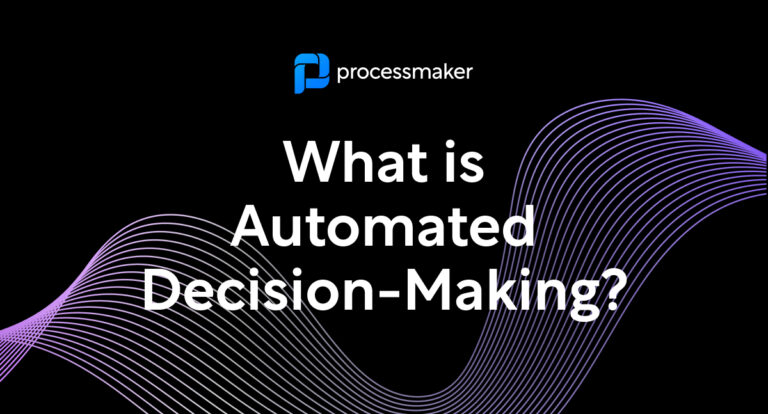Banks have historically been resistant to disruption by technology because of its unique business model. Banks have built robust businesses with different departments that have different expertise, like retail banking, credit underwriting, commercial lending, and construction. Today we see that changing as technology is becoming ever more important in the financial sector due to competition from fintech firms and increased customer expectations. In this article, we will take a look at some of the top tech trends in finance and banking.
Voice Command Banking
Hands-free smart assistants like Alexa and Google Home have given consumers the ability to order pizza with only a simple voice command. Soon enough customers will be able to use voice commands to do simple banking tasks such as paying bills, transferring money, and setting up alerts. With 61% of women and 48% of men having the same bank for a decade or so longer, having the ability to use voice commands can be a key selling point in delivering a customer experience that retains customers.
Digital-Only Banking
Today there are around 136 million digital natives in the US (Millenials and Gen Z). These digital natives are more open to on-demand consumer services than ever before. A recent survey stated that, “…Millennials are far more interested in using mobile apps and websites to access financial services [than older generations], with 72.4 percent saying it is “very” or “extremely” important to be able to do so via mobile apps.” As more consumers are fulfilling their banking needs on mobile devices, more and more banks are focusing on creating digital-only banking with smartphone apps.
So how can banks find success with digital-only banking? Jason Alexander, head of digital platforms at JPMorgan Chase, told PYMNTS in a recent interview. “When we start thinking about mobile now, we have to really understand the customer, what they’re trying to do, how to make a broad set of functionality available to people in what’s still a relatively small form factor and [user interface].”
Personalization using Data
We live in an age of access to massive amounts of data and as analytics technologies continue to advance, financial institutions have the opportunity to utilize consumer behavior data to tailor product recommendations or offer insights into consumer’s money habits.
According to an Accenture report, “banking consumers in North America want it all — deals and discounts, convenience, relevance and banking customer experiences that combine the latest in digital banking with human interaction. Consumers will share personal data to get what they want and switch banks if they do not.”
Something as easy as crawling through transaction data to detect spending patterns can be used to inform creating a new push notification alert. For example, if a customer’s cable bill remained the same for a couple of years then suddenly that bill spiked by 35%, then that banking institution would alert their customers of an unusual increase. But personalization doesn’t end there, banks are also looking at how consumers are engaging with content on their website, whether it is a blog post or infographic to gain insight on how to improve the customer experience. In the end, data needs to lead the charge not only in marketing efforts but have a direct positive impact on customer satisfaction.
Take a look at internal processes
With technological improvements happening so quickly and efficiently, innovative features such as instantly freezing and unfreezing cards with a mobile app are becoming less of a competitive advantage. Today banks must improve internal processes in order to gain a competitive advantage with banking customers. A current hot term that is being thrown around in the banking industry is Robotic Process Automation (RPA). This trend is for good reason as P&S Market Research predicts that the RPA market is projected to reach $8.6 billion by 2023. RPA refers to the use of software bots that are programmed to complete mundane and repetitive tasks which makes them ideal for numerous banking applications. These tasks include sending emails, opening applications, and copy and pasting information from one system to another.
Proper use of RPA can drastically increase productivity while minimizing repetitive tasks. Yet RPA for banking operations isn’t an infinity gauntlet. Simply adding RPA to your business process management software doesn’t mean that it will fix the root cause of broken banking operation processes. RPA cannot fix processes that are malformed or broken. Be wary of any business financial services that taut that this is the end-all and be-all for all automation. It is not.
While other technological trends take some time to see a return on investment, that is not the case when it comes to implementing the right workflow automation software as stated by MoneyLive:
“Of our surveyed banks, those that deploy RPA are already reaping the rewards: 40 percent report significant efficiency gains and another 36% estimate they have seen moderate gains from their investment. Tellingly, more than 81% agree that return on investment in robotic process automation in terms of cost savings and customer outcomes is significantly faster compared to the average technology investment.”
Conclusion
Customers bank with financial institutions to protect their money and personal information. However, there is nothing stopping them from finding new providers when they fail to deliver personalization, reliability, and convenience. By staying ahead of trends banks can be at the forefront of delivering customized experiences and meet customer expectations.





